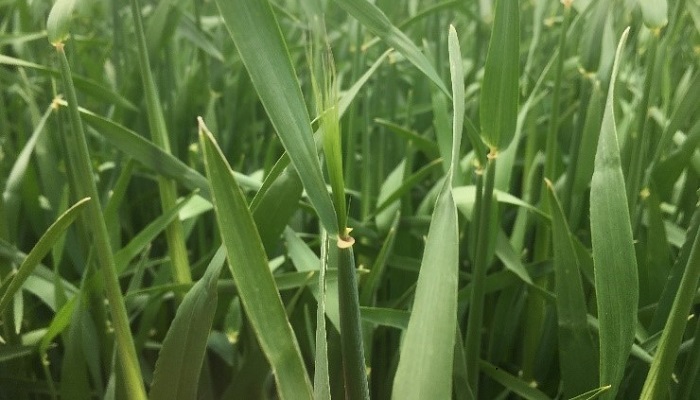05 June 2025
Timing critical with final fungicide applications

As most spring barley and winter wheat crops will be due their final application of fungicide over the next week or so, Teagasc Crops Specialist, Shay Phelan reminds us of the importance of timing for effectiveness and cost.
Over the coming week or so, the final fungicide applications will be applied onto spring barley and winter wheat crops. In wheat, fusarium is the main target. In barley, ramularia will be the main concern.
Teagasc advice on both crops hasn’t changed in that the final fungicide application on barley should still be applied at the awns peeping stage. Many of the early March sown crops are already past this stage, however most of the mid-late March drilled crops should be at the correct stage now. In wheat, the final application needs to be applied mid-flowering.
Yet again this year, we still see growers getting the application timing on barley wrong and this is costing them money. Waiting until the barley crop is fully headed out and starting to flower will cost a grower approximately €60-70 per hectare, as the crop will already have lost between 0.3-0.4t/ha by delaying this application. At many of the Teagasc spring crop walks this year, we were still asked this question.
In the video below, Teagasc Crops Specialist, Ciaran Collins explains why the awns peeping stage is the correct timing for this fungicide application:
In winter wheat, the final fungicide application should help to top up what has been applied in the programme so far. While some may argue that including a strobilurin such as Amistar or Comet will improve fusarium control, Teagasc trials don’t show similar benefits. Consistently in our trials over the last number of years, an Azole mix e.g. Prosaro at 80-100% rates perform adequately compared to more expensive mixtures.
More from Teagasc Daily: Benefiting from the Farming for Water EIP on tillage farms
